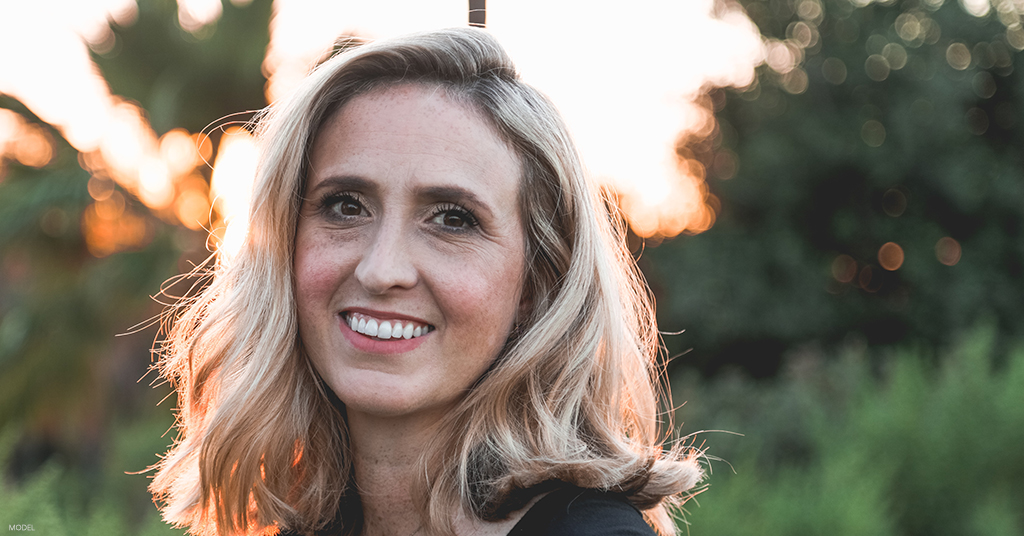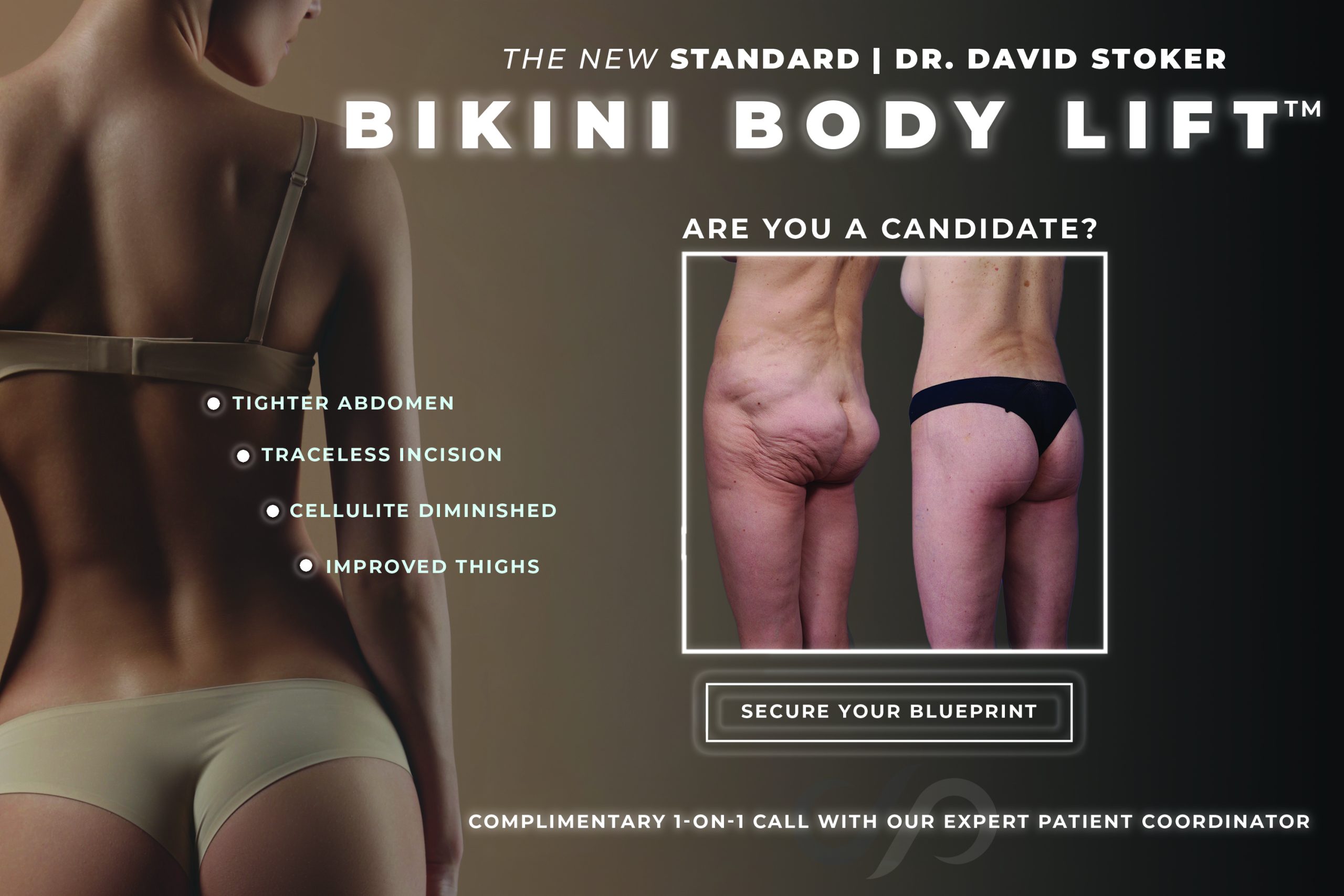What could be better, cosmetically, than taking fat from an area of the body where it’s unwanted and using it to augment another area to improve your appearance? When Kim Kardashian “broke the internet” a few years ago with a magazine cover shot of her well-endowed derrière, people started talking about the Brazilian butt lift. But fat transfer procedures using liposuction have been a part of my Los Angeles practice for many years.
Fat transfer is primarily thought of by the general public as a body contouring technique, but fat is very effective to use for facial rejuvenation. It is often used as an alternative to dermal fillers, especially for patients concerned about dark circles or hollows under the eyes.
In this blog post, I’ll explain the fat transfer technique and describe the various ways fat is used for natural enhancement.
What is Fat Transfer?
The technique used for transferring fat from one area of the body to another involves a 3-step process:
Liposuction: It’s important that the surgeon uses a liposuction technique that doesn’t damage the individual fat cells. I use power-assisted liposuction (PAL), which is gentle and has the added benefit of causing limited trauma to the target area.
Purification: After removing the fatty tissue with liposuction, we spin it in a centrifuge to separate the fat from blood and other impurities.
Injection: I use tiny cannulas (specialized syringes) to inject the fat at multiple levels. Augmenting the skin at various levels produces the optimal results for contouring and fat survival. Because a percentage of the fat won’t survive the transfer process, the initial results may appear a bit overdone.
Fat Transfer Uses
As I mentioned earlier, fat transfer can be used for both body contouring and facial rejuvenation. The most common fat transfer procedures include:
- Facial filler alternative: One of the benefits of using fat as a facial filler is that it reduces the number of dermal filler treatments a patient might require. Dermal fillers can last several months to more than a year, but fat is a much longer-lasting solution. Plastic surgeons also use fat transfer to enhance the results of facial plastic surgery.
- Buttock enhancement: Brazilian butt lift is a misleading name for a procedure that actually augments the buttocks but doesn’t lift them. Many patients don’t realize that a Brazilian butt lift involves transferring fat to the buttocks. Fat transfer has replaced synthetic implants as the preferred technique for buttock augmentation. Good candidates for a Brazilian butt lift have enough usable fat in other areas of the body to enhance the buttocks.
- Breast augmentation: This “natural breast enhancement” is less common than the other fat transfer procedures, in part because it’s only useful for women who want about a cup-size increase to the size of their breasts. Plastic surgeons also use fat to camouflage the edges of implants that are placed above the muscle. This helps reduce the risk of visible rippling or wrinkling, which can occur when patients have little existing breast fat.
If you’re considering any of these fat transfer procedures, it’s important to choose a plastic surgeon who has experience using this technique and an artistic eye to ensure the results look smooth and natural. You may have also read or heard about complications following Brazilian butt lift surgery at low-cost clinics. Even though budget is an important consideration for most patients, it’s never a good idea to bargain-shop for cosmetic surgery. Limit your choice of plastic surgeons to those who are certified by the American Board of Plastic Surgery (ABPS).
Looking for a plastic surgeon in the Los Angeles area? You can check out our gallery of before-and-after photos of actual Brazilian butt lift patients I’ve treated to see the kinds of results you can expect. If you like what you see, contact us using the online form to request a consultation or call my practice at (310) 300-1779 to schedule an appointment.
You can also visit my Facebook and Instagram pages to learn more about our practice.


Leave a Reply